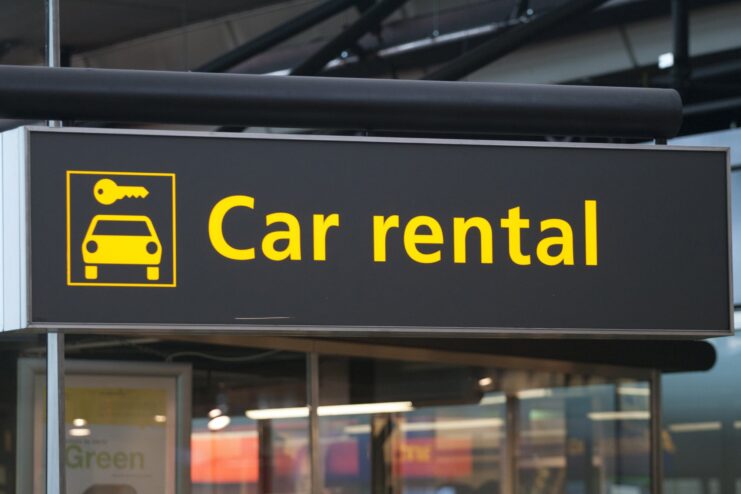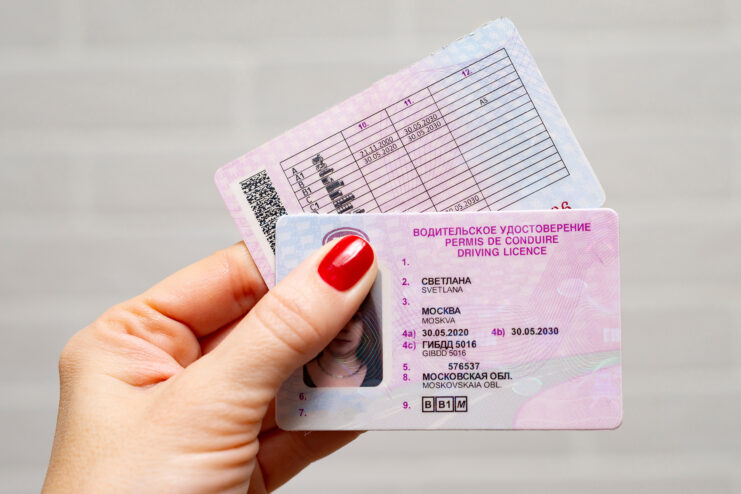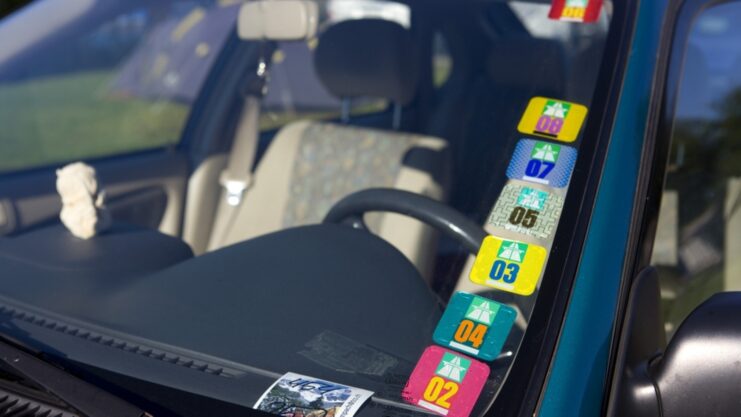Do you love to travel? In case you’re visiting some parts of Europe this year, this is exactly where you need to be. One of the best ways to see all that Europe has to offer is by driving around in a rented automobile on one’s own and planning out your daily trips and activities. Do you want to give it a go? Are you headed somewhere fun and new? If so, there are a few things you should know before embarking on a road trip across Europe. Keep on reading and discover what those are.
1. Do your research

Before making a reservation for a rental car, it’s a good idea to give the company a call and find out which models are within your price range.
As they are either uncommon in the United States or are a completely different sort, the cars they mention are likely to sound foreign (but don’t panic about it, you will manage just fine) Simply choose a vehicle that will meet your needs. Many European towns’ historically older highways are far smaller, so something compact might come in handy.
PS: We highly recommend that you practice your parking skills since most Europe busy tourist spots are crowded, and a bit hard to navigate.
2. Discuss details

Several car rental agencies charge a surcharge for renters younger than 25 years old.
Although the legal renting age in Europe is only 21, rental car agencies there may nonetheless tack on an additional fee if you’re a youthful driver.
Another thing and number to think about is the number of people who will be using the rented vehicle.
For instance, if four buddies want to rent a car but only one plan on driving, this is perfectly fine.
However, you will be charged an additional 5-20 Euros for each additional driver if you did not specify (at the front desk or while making your online reservation) that there are 3 drivers instead of 4, etc.
If there is just one driver, the insurance coverage included in the rental agreement will cover only that person.
If four individuals are driving the rented vehicle, the insurance covers all of them.
3. Figure out if you need insurance

Indeed, European roads can often be much narrower than American ones + there aren’t as many highways.
Even while most European car rentals come with a basic Collision Damage Waiver (CDW), it is not insurance and only covers damages up to three thousand euros in cost.
The organization will keep this money in reserve until they have the car back in working order.
The exclusion of repairs for things like flat tires shattered windows, and rusting frames from CDW insurance is not very frequent.
You can save money by paying for your upcoming rental car using a credit card that also provides auto insurance but check the fine print carefully before making your reservation.
If you choose not to obtain full coverage after a car accident in Europe and then discover that your credit card does not cover the damages, you are in a difficult situation.
4. Fuel and permit are key

License to drive internationally and you will have a smooth trip. Also, your vacation budget should include the actual cost of gas.
In many countries, fuel is sold by the liter rather than the gallon, and is hence quite expensive.
To Americans, the price of gas may seem inexpensive, but remember that other countries measure gasoline in liters rather than gallons. Why is this important and different? Well, 1 gallon is equal to 3.78 liters.
Current petrol prices in Europe range from about $5.93 (€1.29) per gallon in the United Kingdom to about $7.14 (€1.55 per liter) in Portugal.
Diesel vehicles often have a lower fuel consumption, so book them in advance if you wish to save up.
5. International driver’s license works

You must show the rental car business a current driver’s license when picking up the vehicle.
The good news is that you can drive with your home license across much of Europe.
The police may nonetheless want to examine your International Driving Permit even if your home country’s driver’s license is not written in English (IDP). This means that you might have to do an IDP application.
Additionally, you should be aware that an IDP is an addition to your driver’s license and does not replace it.
When you rent a car abroad, your domestic auto insurance may not always protect you.
Please read your travel insurance policy’s fine print before you head out.
You could also obtain an international driver’s license to prevent any awkward situations.
5. Age requirements and vignettes

Depending on your country of residence in Europe, you may need to be at least 18 years old to rent a car.
Travelers over the age of 25 shouldn’t have any problems.
It’s possible that younger drivers will incur a daily surcharge of $15 to $40 due to fees or the need for more expensive insurance.
It may be difficult to rent a car if you are over 70 in some countries, including the (Czech Republic, Great Britain, Slovakia, Slovenia), etc.
Also, don’t forget that in Europe, drivers must display a vignette on their windshield as proof that they have paid the necessary highway fees.
One can be purchased at most international airports for between €5 and €40. The duration of the vignette is often a whole year.
If you do not buy a vignette, you will be required to pay a fine of at least €60.
Speaking of renting cars, in case you’re visiting Maastricht, Heerlen, Sittard, or Roermond area, make sure to click here! You will end up with an affordable car and great rent fees. The company offers safe, fast and reliable service + they have great cars to offer for everyone’s liking. Make yourself cozy and enjoy the trip while knowing you’re in safe hands.

